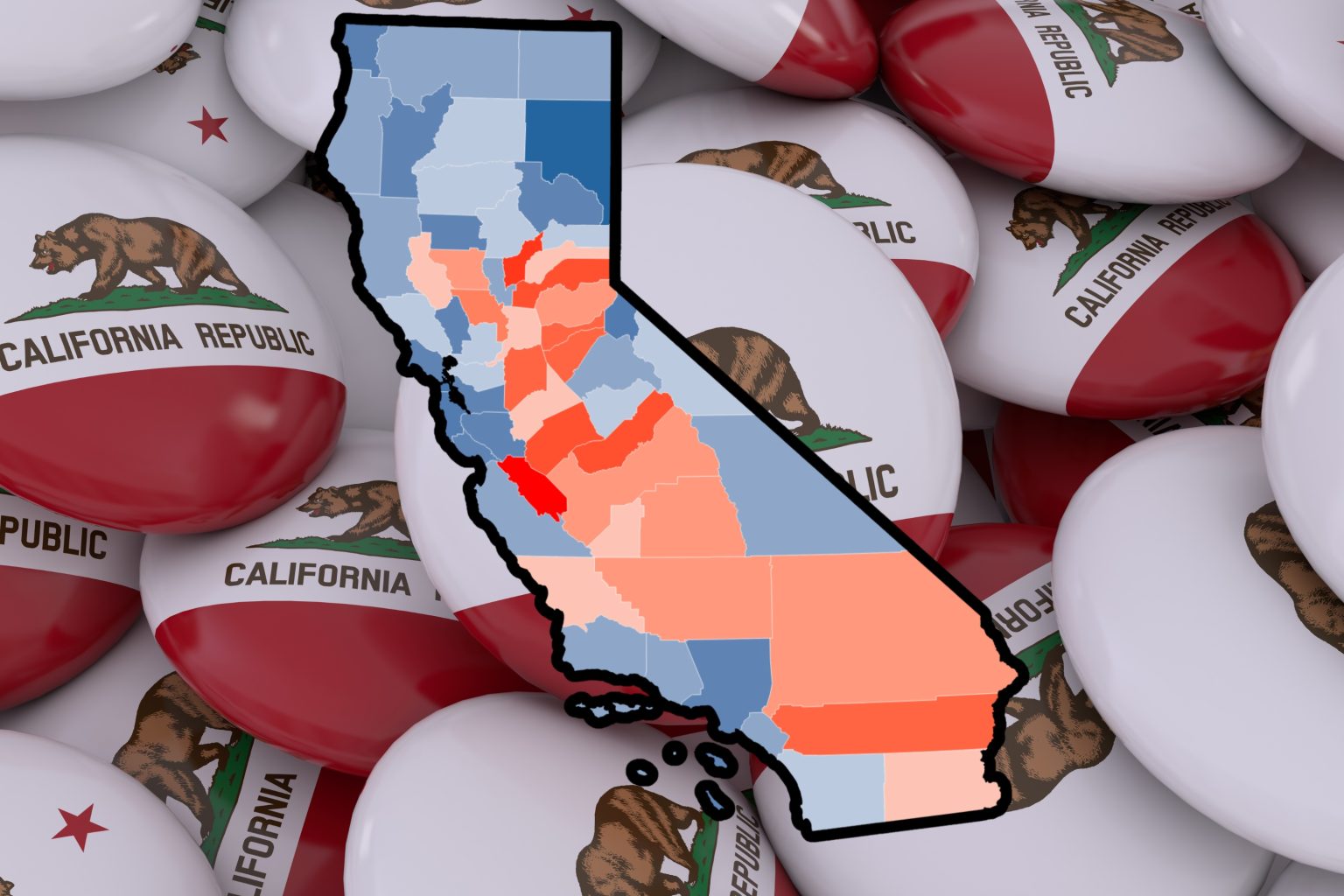California, the most populated state in the nation, is experiencing a significant decline in its population according to recent data from the U.S. Census Bureau. While California did see a small increase in its population last year, the overall trend since 2019 has been one of gradual decline, decreasing from 39.53 million in 2020 to 38.97 million in 2023. This decline is particularly pronounced in coastal counties like Los Angeles and San Francisco, while central valley counties like San Benito, Yuba, and Mader have seen population increases.
Housing costs, congestion, and the overall cost of living along the California coast are driving many residents towards the central valley. Approximately one-third of Californians are considering leaving the state due to housing costs, and this outmigration is occurring across all income levels. The COVID-19 pandemic has also played a role in the exodus of higher-income households due to remote work opportunities, as well as political reasons cited by some residents. In addition to the outmigration, California’s birth rates are near record lows, contributing to the overall decline in population growth.
As a result of the decreasing birth rates and the outmigration of residents, California’s population is getting older. By 2031, one in every four Californians will be over the age of 60, nearly twice the proportion seen in 2010. This demographic shift raises important policy questions regarding healthcare, transportation, and other key services. Additionally, the aging population and outmigration may impact California’s position as a leader in research and innovation, potentially leading to further declines in population and representation in Congress.
In 2020, California lost a congressional seat for the first time following the census, reflecting the state’s slow population growth. If the current trends continue, California may face additional losses in representation in the future. The changing demographics and population shifts within the state present challenges for policymakers and highlight the need to address issues such as housing affordability, cost of living, and infrastructure to ensure the state remains a desirable place to live and work.








